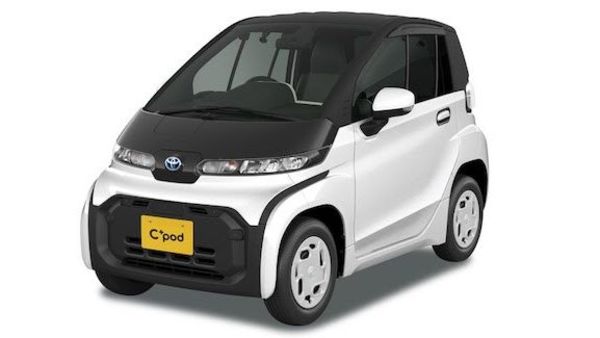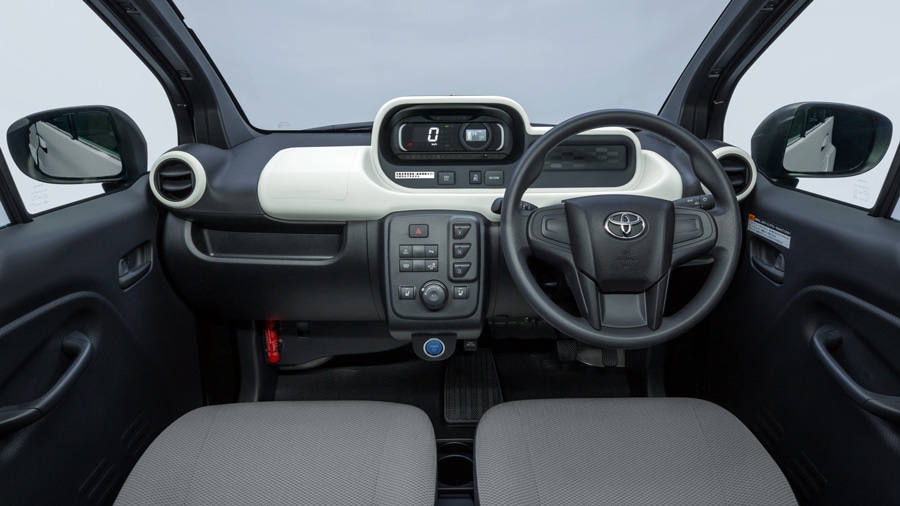Check out Toyota C+pod, a two-seater EV that's tailor-made for cities


It isn't all about space, comfort, range and style when it comes to electric vehicles. At times, it is about sheer practicality in a world fast embracing clean mobility options. And in the move towards zero emission mobility, Toyota C+pod is looking at finding more takers within the confines of city limit.
First introduced in December of 2020 for corporate and municipal customers in Japan, the Toyota C+pod will now also be available for individual buyers in the country. Toyota has informed that the C+pod will be offered via lease contract across Japan.
Also check these Cars
What is Toyota C+pod?
A two-seater mobility option that is even smaller than a mini vehicle, the C+pod is entirely powered by battery. Available in multiple dual and three-tone colour options, the C+pod gets power from a 9.06 kWh lithium ion battery and has a cruising range of around 150 kms under ideal conditions. The max speed is at 60 kmph.
What makes the C+pod especially practical in cities is its ultra compact dimensions. It is 2,490 mm in length, has a width of 1,290 mm and is 1,550 mm tall. For comparison purposes alone, the Tata Nano was 3,164 mm long, had a width of 1,750 mm and was 1,652 mm tall.
The C+pod also has a turning radius of just 3.9 meteres which means easing the EV in and out of tricky situations should be a breeze.
In terms of styling, the Toyota C+pod comes with LED head lights and LED tail lights. The charging inlet is located between the head lights and the exterior panels are made of plastic in order to reduce overall weight of the EV.
Cabin of Toyota C+pod
The C+pod has an internal cabin width of 1,100 mm and Toyota claims that there is enough space for a driver and one passenger to sit comfortably next to each other.


The dashboard has a contrasting white and black colour theme with the main driver display located in the middle. A vertical stack just under it hoises the control switches for air conditioning.
Safety highlights of Toyota C+pod
Toyota says that the C+pod uses a structure that efficiently disperses and absorbs impact energy across multiple components, and ensures safety in the event of frontal, side or rear impacts. A pre-collision Safety System is included as standard to detect other vehicles.
Toyota C+pod charging time
Toyota claims that the C+pod can be charged to full in around five hours when using a 200V/16A outlet while this goes up to around 16 hours if using 200V/6A outlet.








 2487 cc
2487 cc Petrol
Petrol
 72.8 kWh
72.8 kWh 405 Km
405 Km


















